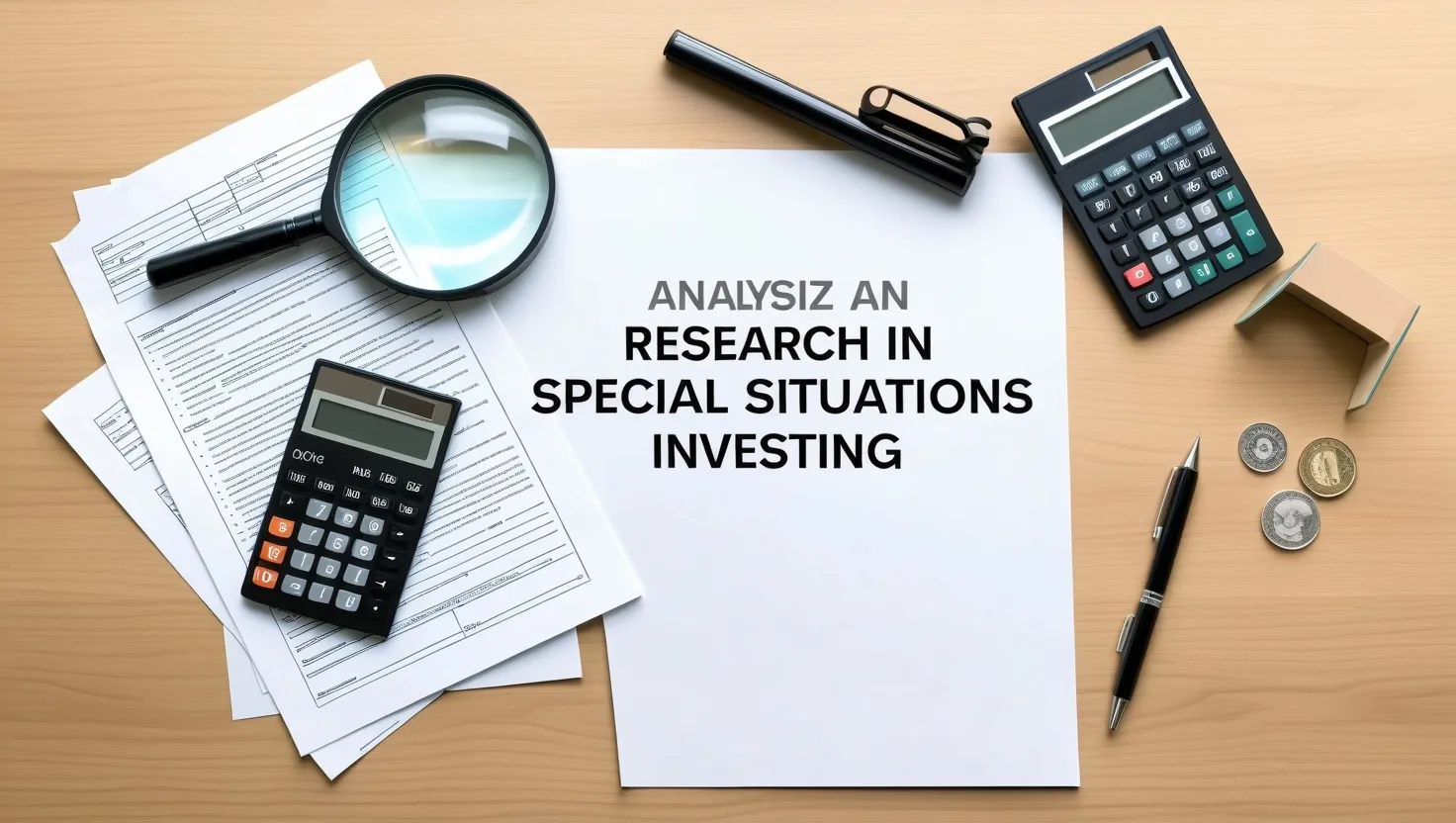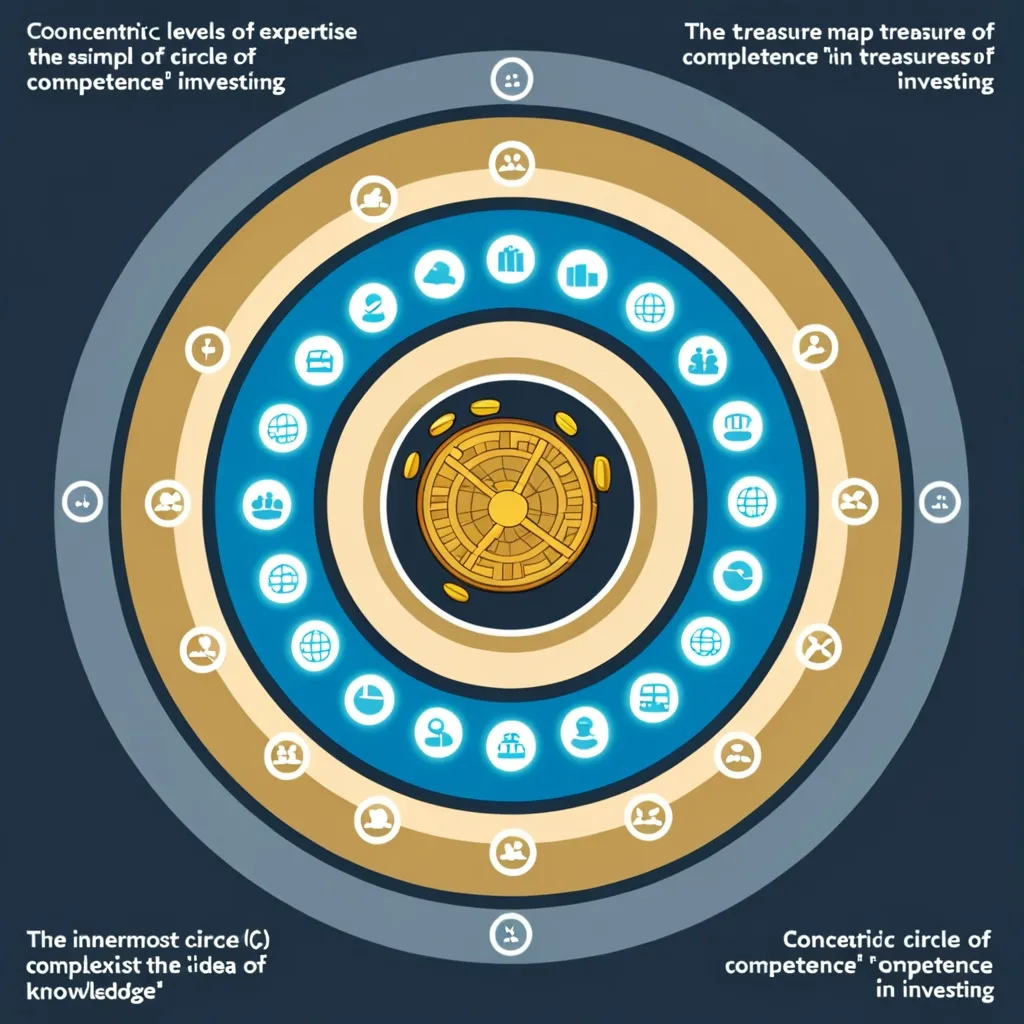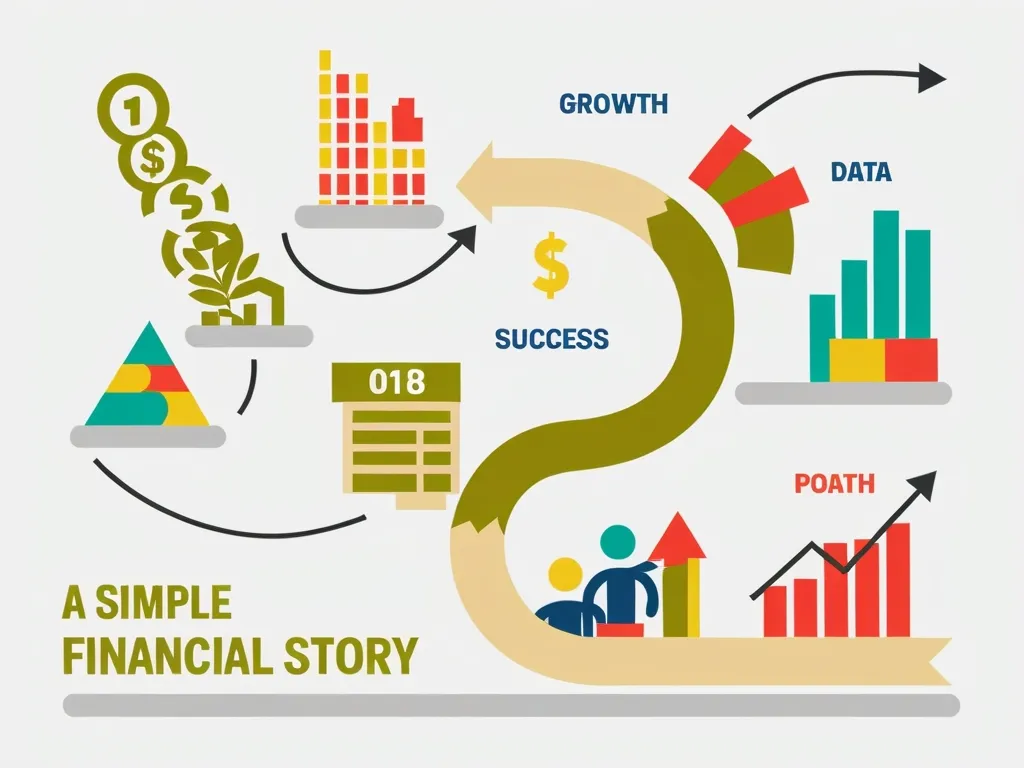When it comes to investing, many of us are taught to rely on cold, hard data and meticulous analysis. However, there’s a often-overlooked aspect that can significantly impact our investment decisions: emotions. Emotions are not just fleeting feelings; they are powerful drivers that can shape market movements and influence our financial choices in profound ways.
The Emotional Landscape of Investing
Imagine you’re an investor who has just witnessed a significant market downturn. Your instincts might tell you to sell your stocks immediately to avoid further losses. This reaction is driven by fear, one of the most potent emotions in the investment world. Fear can lead to panic selling, a common mistake that often results in selling low and buying high, the exact opposite of what you should be doing to maximize your returns.
On the other hand, greed can be just as destructive. When the market is soaring, the excitement and euphoria can tempt you to chase high-flying stocks without considering the underlying risks. This is how bubbles form, and when they burst, the consequences can be devastating. Both fear and greed are natural emotions, but they can cloud your judgment and lead to rash, unreasonable investment decisions.
The Psychology of Investor Behavior
Understanding the psychological and behavioral forces at play is crucial for making informed investment decisions. For instance, selective memory can be a significant hindrance. We tend to forget painful experiences and remember the positive ones, which can prevent us from learning from our mistakes. This selective memory can cause us to repeat the same errors over and over, frustrating our efforts to become better investors.
Recency bias is another common pitfall. This is when we place too much weight on recent events and overlook the historical context of the market. Investors who focus only on short-term performance often find themselves investing more when markets are rising and selling or staying on the sidelines when markets are declining. This reactive approach can make you miss out on emerging opportunities and fail to capitalize on long-term growth.
Emotional Metrics and Market Behavior
Emotions are not just individual experiences; they can also be collective. Investor sentiment, for example, can drive market trends. When a large number of investors feel optimistic, it can push stock prices up, and conversely, widespread pessimism can lead to a market downturn. By tuning into these collective emotional metrics, you can gain a deeper understanding of market behavior.
Consider the VIX Volatility Index, often referred to as the “fear gauge.” This index measures the expected volatility of the S&P 500 and can provide insights into the overall sentiment of the market. When the VIX is high, it indicates that investors are fearful and expecting significant market fluctuations. This information can be invaluable in making more informed investment decisions.
Building a Balanced Investment Strategy
To avoid the pitfalls of emotional investing, it’s essential to have a well-structured investment plan in place. This plan should outline your financial goals, risk tolerance, and time horizon. By having clear objectives, you can resist the temptation to make impulsive decisions based on short-term market fluctuations.
Diversification is another key component of a balanced strategy. A diversified portfolio can reduce risk and provide a buffer against market volatility, allowing you to focus on long-term growth rather than reacting to every market movement. Regularly reviewing and adjusting your portfolio with the help of a financial advisor can also help you stay on track and avoid emotional decisions.
The Role of Financial Advisors
Financial advisors can play a crucial role in helping you navigate the emotional landscape of investing. They can provide an objective perspective and guide you in making informed choices based on your long-term goals rather than emotional impulses. Advisors can also help you understand your own emotional triggers and develop strategies to manage them.
For instance, if you’re prone to overconfidence, an advisor can help you recognize the limits of your knowledge and avoid making risky investment choices. If you’re struggling with loss aversion, they can help you identify appropriate risk levels and construct a portfolio that aligns with your tolerance for loss.
Practicing Mindfulness and Emotional Awareness
Being aware of your emotions and recognizing how they influence your decisions is the first step towards making better investment choices. Practicing mindfulness can help you stay grounded during market ups and downs. By acknowledging your emotions and taking a step back, you can make more rational decisions that align with your financial goals.
Establishing an emergency fund is also a wise move. This safety net can reduce the pressure to liquidate investments during financial stress, allowing you to weather short-term challenges without disrupting your investment strategy.
Historical Context and Long-Term Perspective
Historical data can provide valuable insights into how markets behave over time. For example, studies have shown that staying invested in the stock market over the long term can lead to significant returns, even through major market downturns. The S&P 500, for instance, has consistently rebounded from significant declines, illustrating the importance of a long-term perspective.
When you look at the historical performance of the market, you realize that trying to time the market is often a losing game. Missing out on just a few of the market’s best days can significantly impact your returns. This is why it’s crucial to stay invested and avoid making decisions based on short-term market volatility.
Emotional Valuation in Action
Let’s consider a real-world example to illustrate how emotional valuation works. Imagine you’re an investor who has been following a particular tech stock that has been on a meteoric rise. The excitement and euphoria surrounding this stock might tempt you to invest more, but if you take a step back and analyze the underlying fundamentals, you might realize that the stock is overvalued.
By considering the emotional metrics – the collective excitement and the fear of missing out – alongside the traditional financial analysis, you can make a more informed decision. You might decide to diversify your portfolio or wait for a more opportune time to invest, avoiding the risk of buying high and selling low.
Conclusion
Investing is not just about numbers and trends; it’s also about understanding the emotional undercurrents that drive market movements. By acknowledging and managing these emotions, you can develop a more sophisticated investment strategy that goes beyond mere data analysis.
It’s about seeing the emotional stories behind the numbers and using this insight to make better, more informed decisions. Emotions aren’t just noise; they are a vital component of a successful investment approach. By integrating emotional valuation into your strategy, you can gain a richer, more nuanced perspective on market behavior and ultimately grow your portfolio in a more sustainable way.
In the end, it’s not about eliminating emotions from your investment decisions but about understanding and harnessing them to your advantage. With the right approach, you can turn what might seem like a weakness into a powerful tool for achieving your financial goals.






